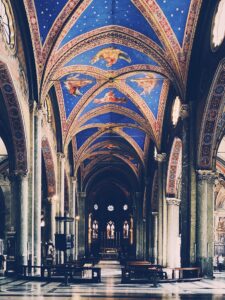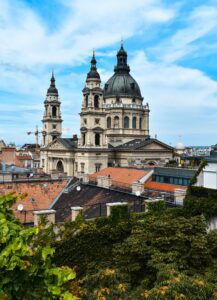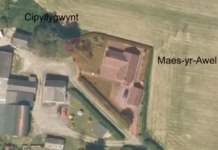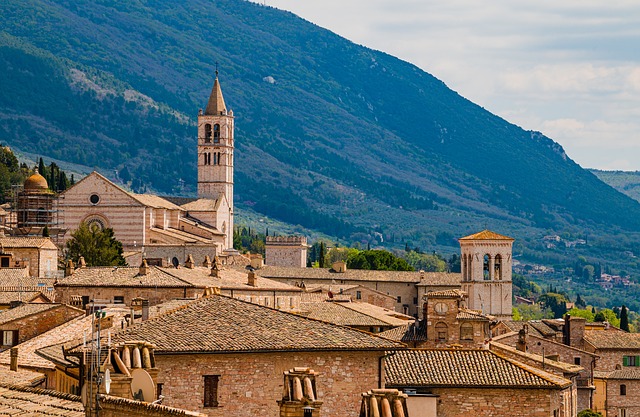One of Italy’s most significant artistic, cultural, and religious sites is Assisi, an old Umbrian village in the area of Perugia. The town is well-known for being the birthplace of St. Francis, who is the patron saint of Italy, and St. Clare, whose charitable works helped make Assisi famous as an outdoor sanctuary and a place of pilgrimage for devoted Christians.
For those who are looking to deepen their spirituality and make a connection with God via art and symbolism, Holyart an online store offers a haven. Religious store, Holyart’s selections will delight you if you’re looking for a wide variety of religious goods. We provide a wide variety of sacred goods, including, carefully constructed religious statues, and elaborately sculpted crucifixes. You can choose from a wide selection of religious items and artifacts from Holy art that appeal to different faith traditions and preferences, whether you’re searching for a treasured religious gift or a significant addition to your sacred space
Let’s explore the must-see places in Assisi
Basilica of St. Francis
The Basilica of St. Francis, a beautiful building that can be seen from a distance, is Assisi’s greatest draw. After St. Francis died, work on it started in 1228, and it was finished in 1253, with an upper church built. Both of the upper and bottom portions, which are divided, include fascinating frescoes.
Giotto painted 28 brilliant frescoes in the upper church that vividly illustrate the life of St. Francis. The paintings by Cimabue, Lorenzetti, and Martini in the lower church exhibit Giotto’s influence. The enormous tomb of St. Francis is located in the lower sanctuary.
Basilica di Santa Maria Degli Angeli
The Basilica di Santa Maria degli Angeli is the seventh biggest Christian church and was constructed on a great scale. Built between 1569 and 1679, the holy place of the Angels is a Catholic church located in the alpine town of Assisi in the Umbria region of Italy’s center. Mosaics cover the landscape outside the church, and the Virgin above it is entirely made of gold.
Its grandeur may be at odds with the simplicity that St. Francis himself advocated, but the throngs of pilgrims traveling to the rustic Porziuncola chapel and the Cappella del Transito demanded a structure that could house the devoted.
Temple of Minerva

Image from Unsplash
The Temple of Minerva was a Roman temple of Republican origin from the first century that is now known as the Church of Santa Maria. The temple was initially devoted to Hercules, but its current name was given to it because of the finding of a female sculpture and a votive plate. Six columns with Greek capitals support the exterior. The structure was transformed into a church in the middle Ages before becoming a municipal building in the 13th century.
The interior of the temple was converted into a Catholic church to the Virgin in 1539, at the request of Pope Paul II. One of the Catholic monuments on the UNESCO World Heritage List is the Temple of Minerva.
Cathedral of San Rufino
Due to its significance in St. Francis’ life, the San Rufino Cathedral, often known as the Assisi Cathedral, is a favorite destination for pilgrims in Assisi, Italy. It possesses a lovely, three-rose windowed Romanesque exterior.
The baptismal font where St. Francis and St. Clare were both baptized can be found here. After San Rufino, turned Assisi to Christianity in AD 238 and was subsequently killed, the cathedral was named in his honor.
Basilica of St. Chiara

Image from Unsplash
The Basilica of St. Chiara, another well-known place of prayer in the city, is located in Assisi’s medieval core. Between 1257 and 1265, a short time after the saint’s passing, the building was built. The church is built in the same Gothic style as the Upper Basilica and its outside is adorned with imposing triumphant arches that surround the building’s core. Paintings by Pace di Bartolo, Puccio Capanna, and Pietro Lorenzetti decorate the church’s interior. The Crypt, constructed in the latter part of the 19th century, is reached through the nave and has a vase containing St. Chiara’s remains.

| [donate]
| Help keep news FREE for our readersSupporting your local community newspaper/online news outlet is crucial now more than ever. If you believe in independent journalism,then consider making a valuable contribution by making a one-time or monthly donation. We operate in rural areas where providing unbiased news can be challenging. |



















